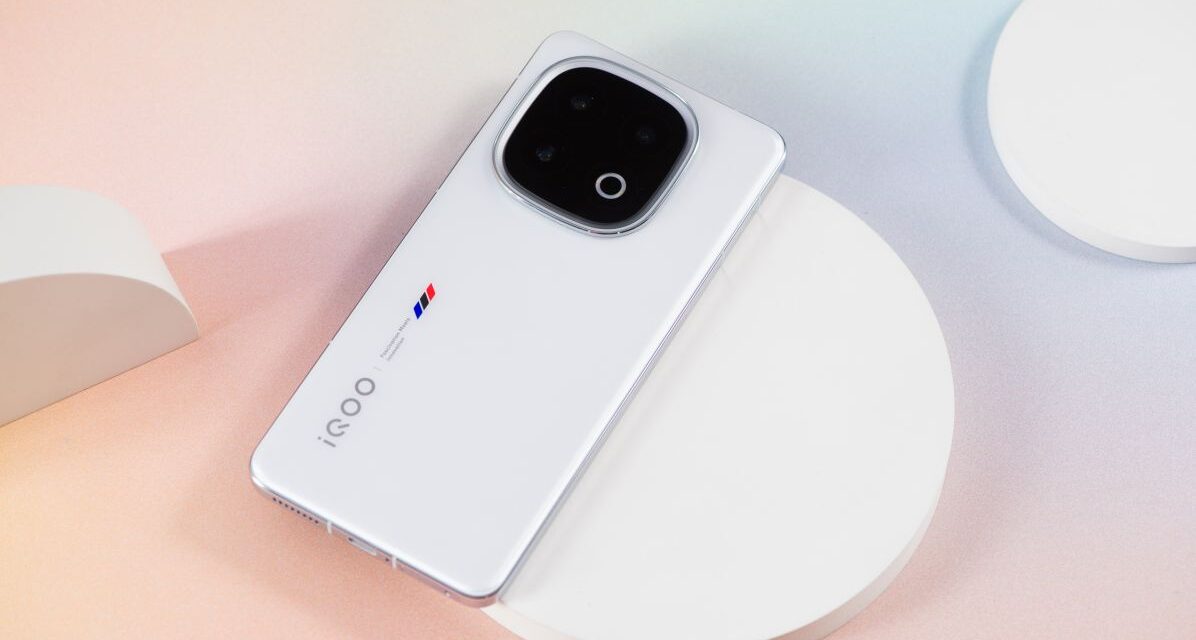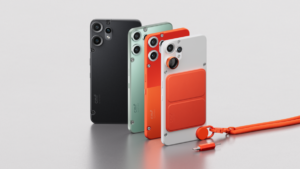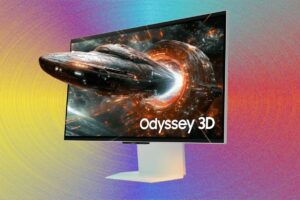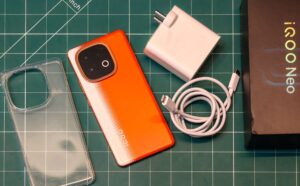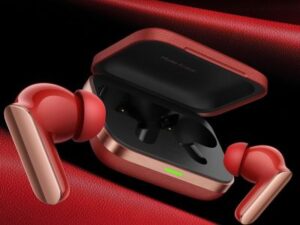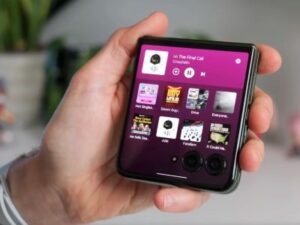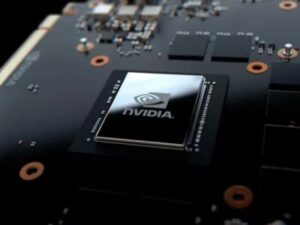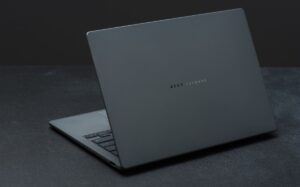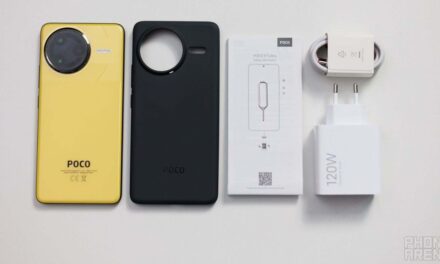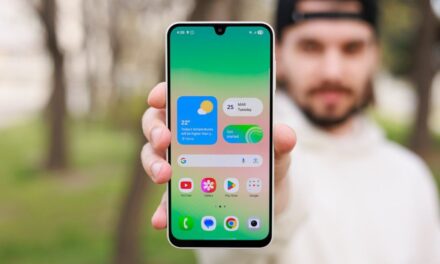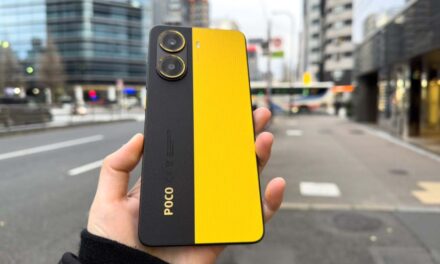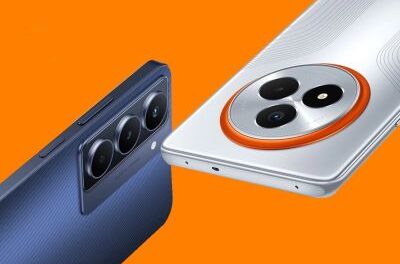This year, the iQOO brand officially came to Russia. Now our compatriots can get acquainted with the new products, one of which is the flagship on the latest Snapdragon 8 Elite chip – iQOO 13. We have already written about the gameplay features of this model; it’s time for a full review.
Design with a “twist”
At first glance, the appearance of the novelty in comparison with the iQOO 12 has not changed much. The smartphone inherited the characteristic shape of the camera unit and the three-color BMW M Motorsport logo – the company continues to cooperate with the German automaker since 2020. You can choose from black and white colors.
The main innovation is not immediately obvious. We are talking about the Monster Halo LED lighting around the perimeter of the camera unit. It turns on in games, notifies you of notifications, calls, and battery levels. Twelve color combinations and six dynamic modes are supported.
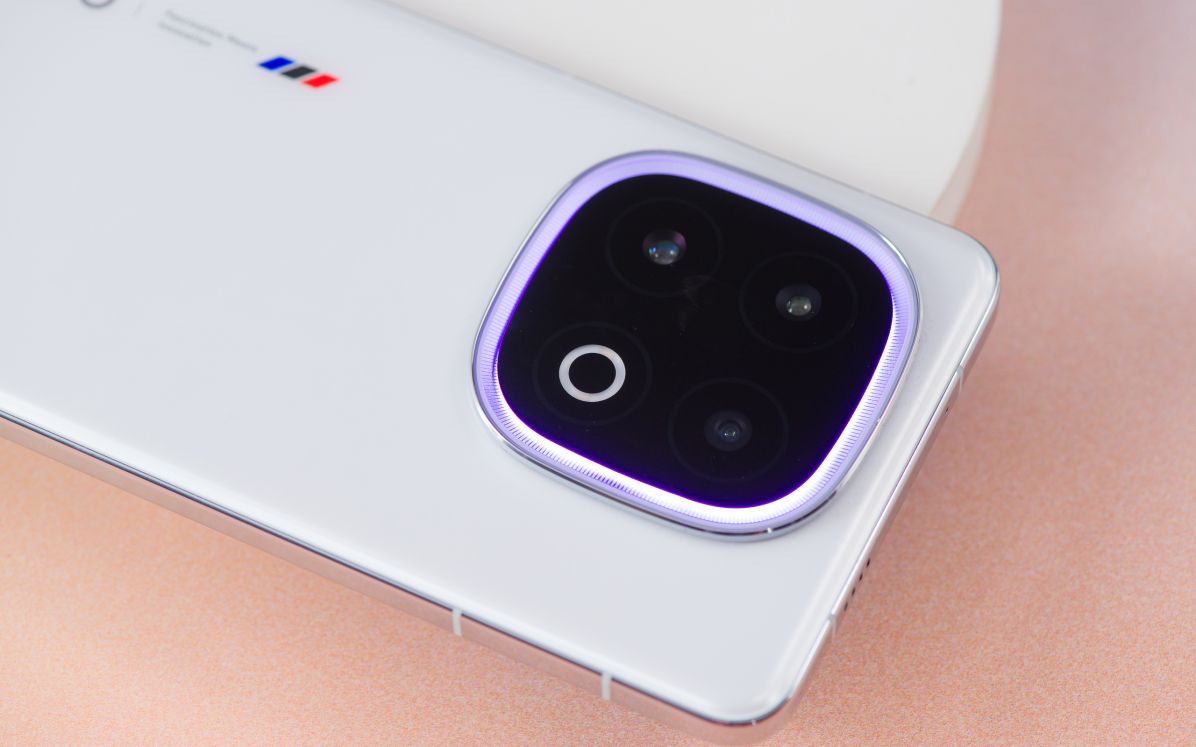
The case back is made of glass, and the side frame is made of polished aluminum. The latter is quickly covered with prints and looks more like plastic than metal. It would be better if it were matte. There are no complaints about the build quality, the gaps between the frame and the glass are minimal, the body does not bend, the buttons do not play.
The bezels around the screen are minimal and the same thickness on all sides. Nevertheless, the novelty is large, so owners of small palms may face difficulties. iQOO 13 weight of 207 grams is evenly distributed, and the upper part does not outweigh the lower part. Thanks to this, you do not have to balance the smartphone, which reduces the risk of dropping it.
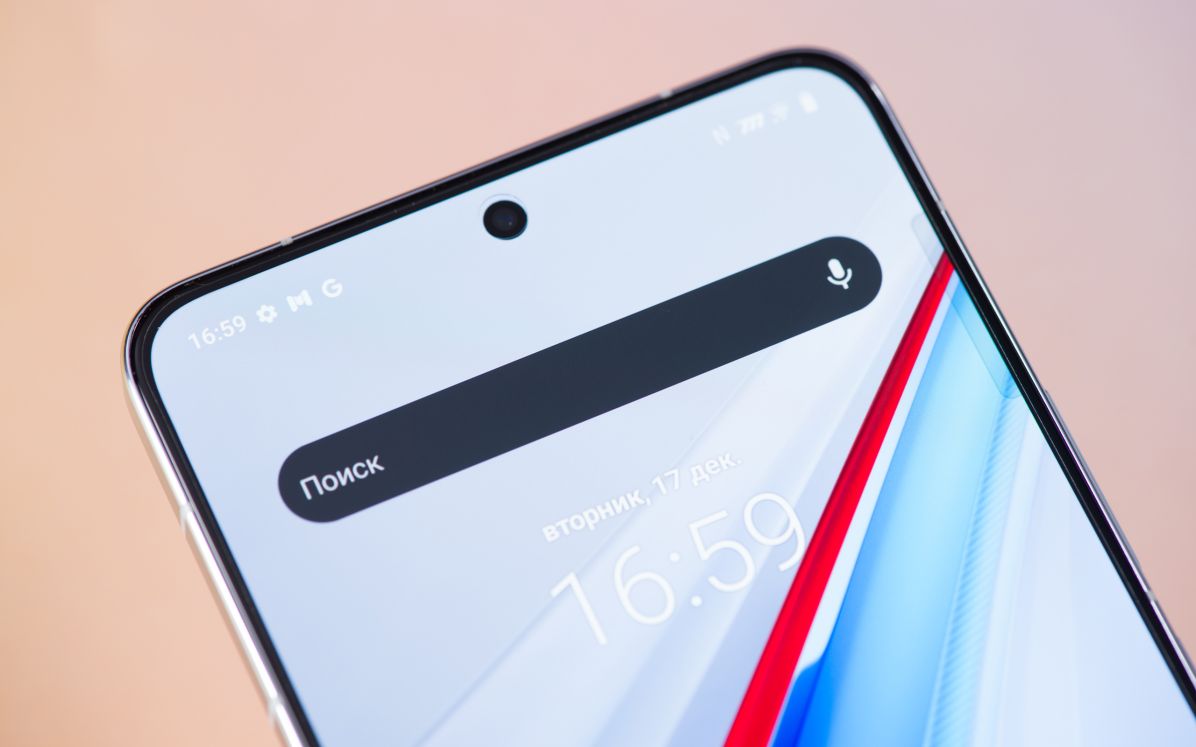
iQOO 13 front camera is located in a small hole at the top of the screen, and in the main camera unit there is an infrared port for controlling equipment. An ultrasonic fingerprint sensor is installed under the display – scanning is fast and accurate. Face unlock is also available, but for it to work correctly, you need good lighting – there are no additional sensors here, and only the front camera is responsible for recognition.
The power and volume buttons are located on the right side and are located at a comfortable height – they are convenient to press when gripping both with the right and left hands.
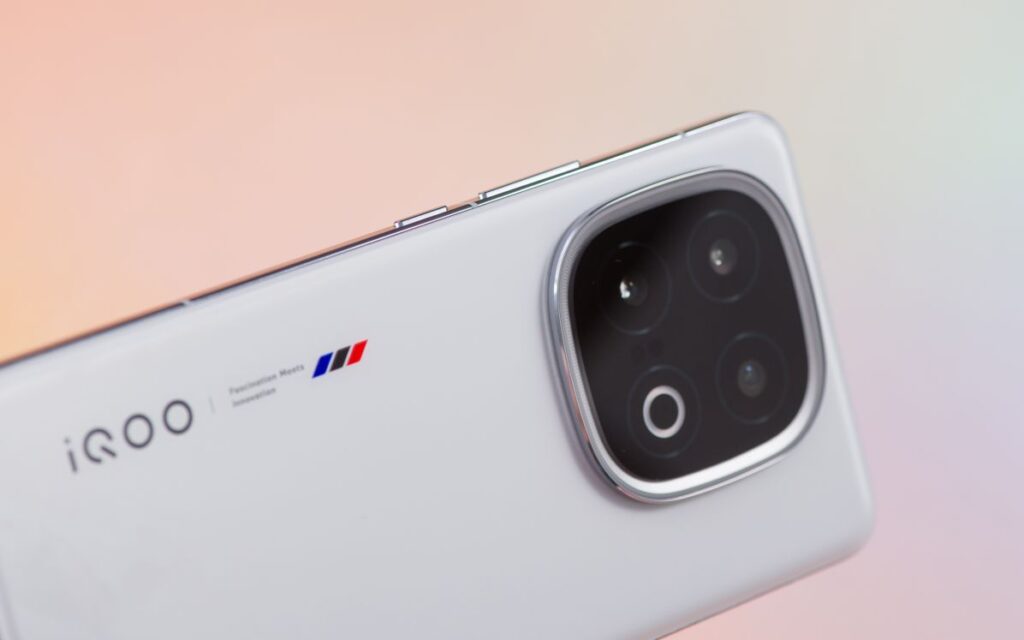
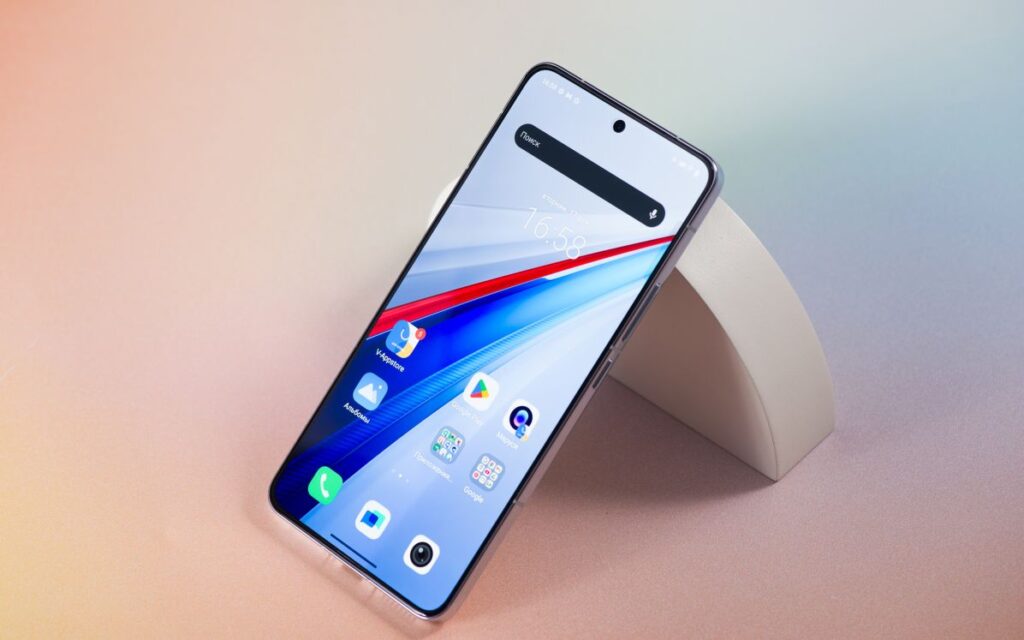
Since we are facing an LTPO display, the refresh rate is dynamic. It automatically adjusts to the content. The minimum value is 1 Hz and is available on a static image, such as Always On Display. The maximum hertz reaches 144 Hz – the smoothness of animations at this value is exceptional.
The standard color profile is universal, with a neutral white balance and good midtone reproduction. If desired, you can make the colors more calm or saturated. An adaptive mode is also available, which adjusts the color reproduction to the ambient light.
The level of contrast and viewing angles are maximum, which is what you expect from an AMOLED screen. The main advantage was the margin of brightness: the peak value reaches 1800 nits, and in a small area it can reach up to 4500. The minimum brightness is low enough to read comfortably in the dark. Automatic brightness adjustment works correctly.
iQOO 13 Loud sound, powerful vibration
The smartphone has received a high-quality implementation of stereo sound. The upper speaker is almost as loud as the lower one, which achieves a good stereo effect. The volume margin is enough not to miss a call or alarm clock. The sound itself is clear, and the voice range is especially good – you can comfortably watch videos and play without headphones.
A powerful linear vibration motor is responsible for tactile feedback, capable of a wide range of responses – from a light tap to powerful vibration. In the latter, there is not a hint of rattling. I am also pleased that the vibration effects are abundantly scattered throughout the system. This makes interacting with the device more interactive. For example, in games, the 4D vibration mode allows you to simulate different effects, such as recoil when shots.
iQOO 13 Software and performance for years to come
iQOO 13 runs Android 15 with the proprietary Funtouch 15 shell. It has all the usual functions: large folders, separate shutters for notifications and quick settings, and a global search in the system. The manufacturer also promises long-term support with updates with four major system updates.
The hardware platform was the Qualcomm Snapdragon 8 Elite chipset, produced using TSMC’s 3nm process. It consists of eight cores: two powerful Oryon V2 Phoenix L, overclocked to 4.32 GHz, and six energy-efficient Oryon V2 Phoenix M with frequencies up to 3.53 GHz. The Adreno 830 video accelerator is responsible for the graphics. The LPDDR5X Ultra has 16 GB of RAM and 512 GB of UFS 4.1 permanent memory.
In everyday tasks, the system is fast and responsive — not a single microlog was detected during the test. I am also pleased with the overall stability, because applications are not unloaded from RAM and work quickly in multitasking conditions.
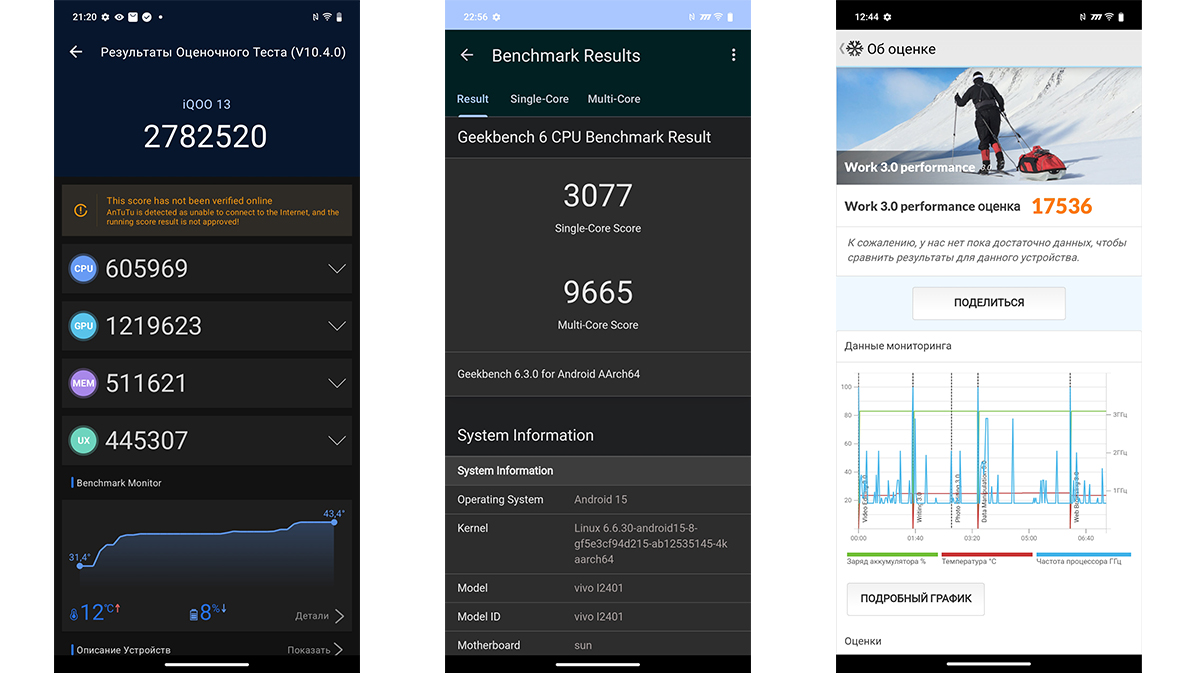
iQOO 13 cooling of the novelty is handled by a vapor chamber with an area of 7000 mm² – it is 17% larger than in the previous generation devices. Thanks to this, the smartphone keeps a stable frame rate in heavy games such as Genshin Impact and PUBG: Mobile.
In both titles, we get 60 fps at maximum settings without reducing the brightness of the display even after 40 minutes of play. Less demanding games like Brawl Stars generally allow you to unleash the potential of the 144Hz screen. However, you can find out how the gadget behaved in virtual battles in a special article.
iQOO 13 Cameras are not for show
On the back of the smartphone there are three modules: the main one with a resolution of 50 megapixels with an EFR of 23 mm, a telephoto lens with a double zoom of 50 megapixels, as well as an ultra-wide lens – also 50 megapixels and with autofocus.
During the day and indoors, the smartphone pleases with consistently good results on the main module. The frames are rich, contrasting and with a wide dynamic range. The only thing you can find fault with is that the white balance on the street sometimes goes blue.
In the dark, the night mode is activated, in which several frames with different exposures are stitched together into the final shot. It is worth noting that algorithms greatly brighten night photos, turning them into twilight photos. Someone may not like it. However, the overall quality is high, the noise level is minimal. Although the telephoto lens is not outstanding, it does a good job of shooting distant objects. Its detail is higher than with a digital crop from the main camera.
The ultra-wide is good for shooting landscapes and architecture, but the sharpness at the edges is significantly lower than in the center of the frame. The video is recorded in maximum quality 8K @ 30 fps. Unlike some competitors, the novelty cannot record in 4K @ 120 fps.
iQOO 13 Autonomy did not disappoint
A silicon-carbon battery with a capacity of 6150 mAh is responsible for powering all components. Such an impressive value, coupled with a modern energy-efficient platform, gives hope for decent battery life.
In practice, the model can easily withstand a day of active use (taking photos, watching YouTube, calls, social networks and instant messengers, a few games), keeping about 50% of the charge by night. Of course, long gaming sessions will drain the battery faster: after half an hour of playing Genshin Impact, the charge sank by 10%. However, this result is still decent.
The smartphone comes with an adapter with a power of as much as 120 watts. It takes 30 minutes to fully charge.
iQOO 13 Specifications
- DISPLAY
- 6.82″, 3168 x 1440 dots, 1-144 Hz, LTPO-OLED
- CHIPSET
- CPU Qualcomm Snapdragon 8 Elite
GPU Adreno 830 - RAM
AND STORAGE - 16 GB
512 GB - ACCUMULATOR
- 6150 mAh
- CAMERA
- main – 50 MP (f/1.9, PDAF, OIS) + 50 MP telephoto (f/1.9, PDAF, OIS) + 50 MP wide-angle (f/2.0, AF)
front camera – 32 MP (f/2.5) - DIMENSIONS & WEIGHT
- 163.4 x 76.7 x 8 mm
207 grams - FEATURES
- stereo speakers, under-screen fingerprint scanner, NFC, IR port, IP68/IP69 protection
Test results
- ANTUTU
- 2 782 520
- PCMARK
- 17 536
- GEEKBENCH 6
- single-core — 3077
multi-core — 9665
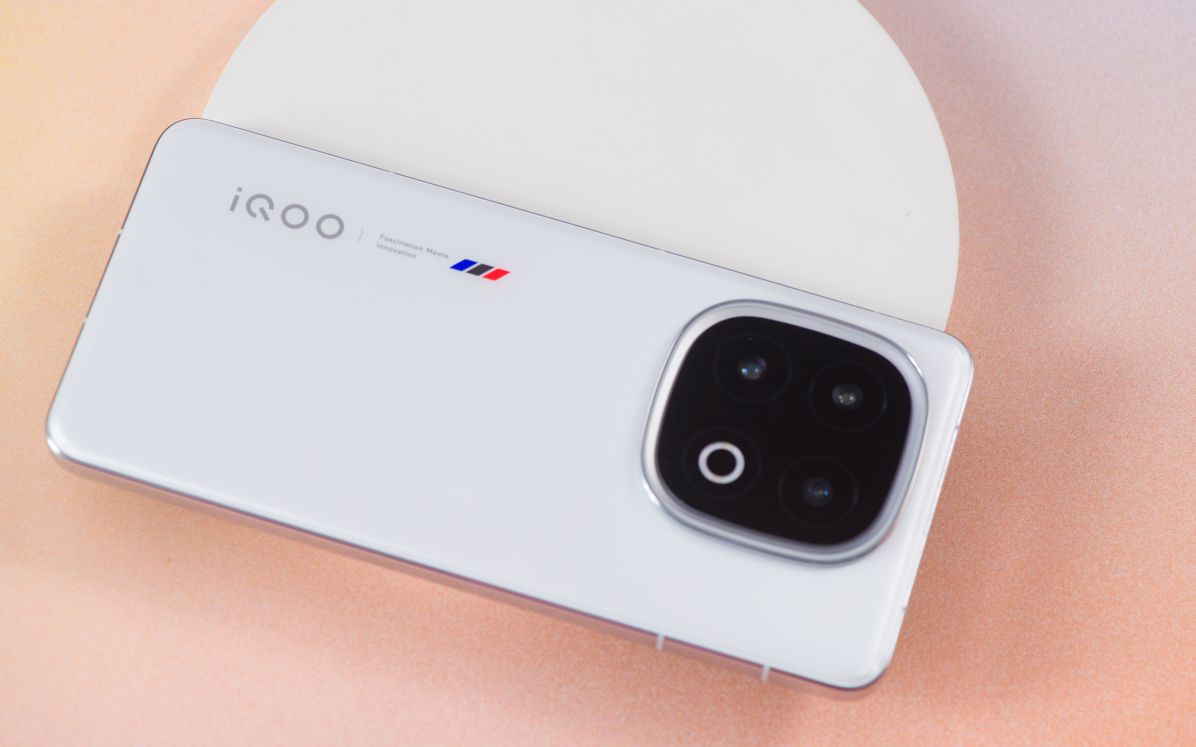
What is the result
The new iQOO 13 will be of interest to those who are looking for a sleek design with high performance. There are many so-called “igrophones” on the market now, but most of them are too catchy. The only thing that betrays the gaming orientation of the smartphone is RGB lighting, which can be turned off if desired. Otherwise, we have a solid flagship with an excellent screen, high-quality stereo speakers, pleasant vibration, a versatile set of cameras, long battery life and fast charging.

